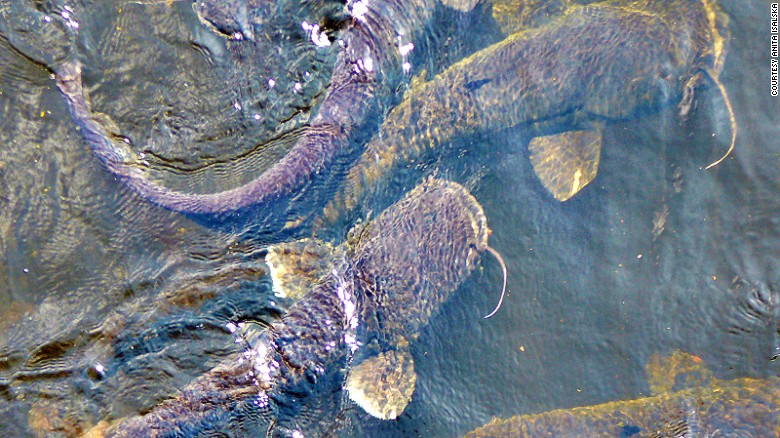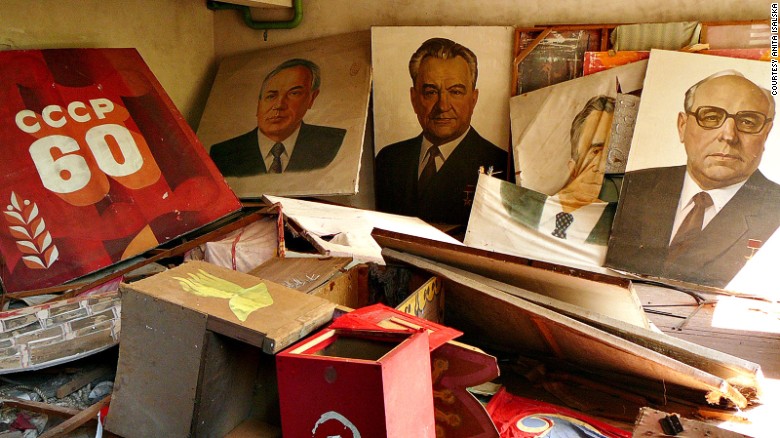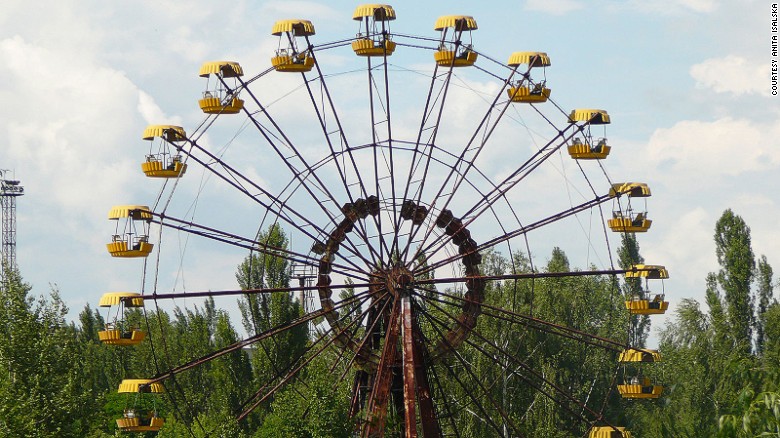Paradise restored

Nearly 30 decades after the nuclear fallout in Chernobyl, the region has evolved from a disaster zone to natural reserve, inhabited my moose, deer and wilves, a Current Biology article shows.

This remarkable transformation of the region that was declared a no-human zone after the 1986 incident is making scientists suggest that radiation contamination does not necessarily hinder the flourishing of wildlife. What's more, the experts are turning special attention to the positive effect of the absence of humans on the populations of wild mammals.

It seems that when people are nowhere to be found in the vicinity, nature tends to flourish, even in the conditions of serious radiation contamination. It's quite possible that the wildlife populations are presently much higher than they used to be before the incident.

Of course, this wasn't always the case, because in the years after the disaster, a significant deterioration of the populations was registered. But now the new data shows that they have recovered fast. There is a good variety of deer breeds, moose and boar populations, their numbers now being comparable to those in several nearby reserves in the region. And the wolves are 6-7 times more than those in the other reserves.

It has come to a point where a scientist has now argued that the city of Chernobyl is again habitable. And tourism in the region is developing fast, interest in Chernobyl growing at unprecedented rates.
All of this confirms the resilience of nature when it's freed of human presence.